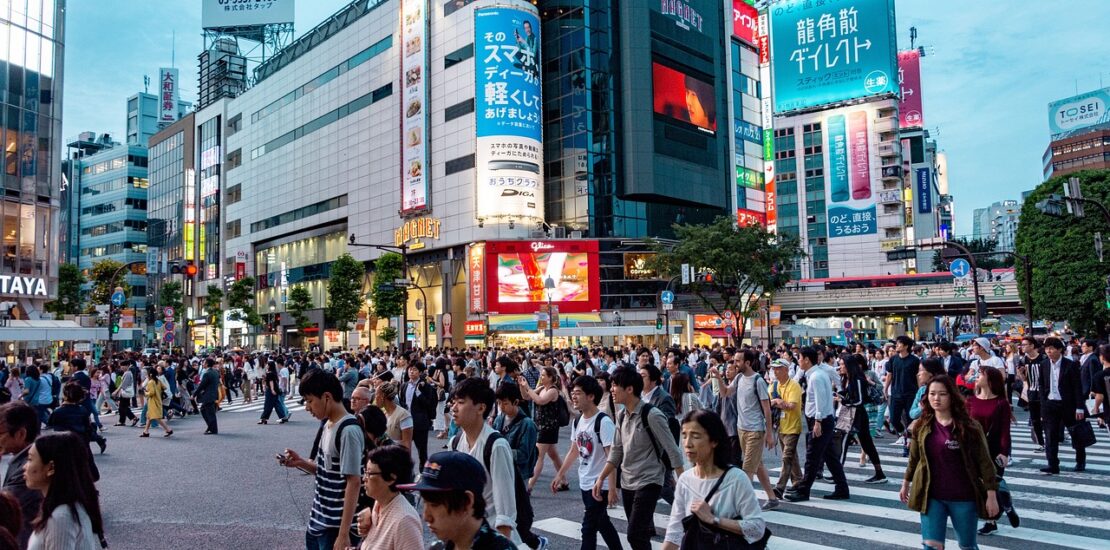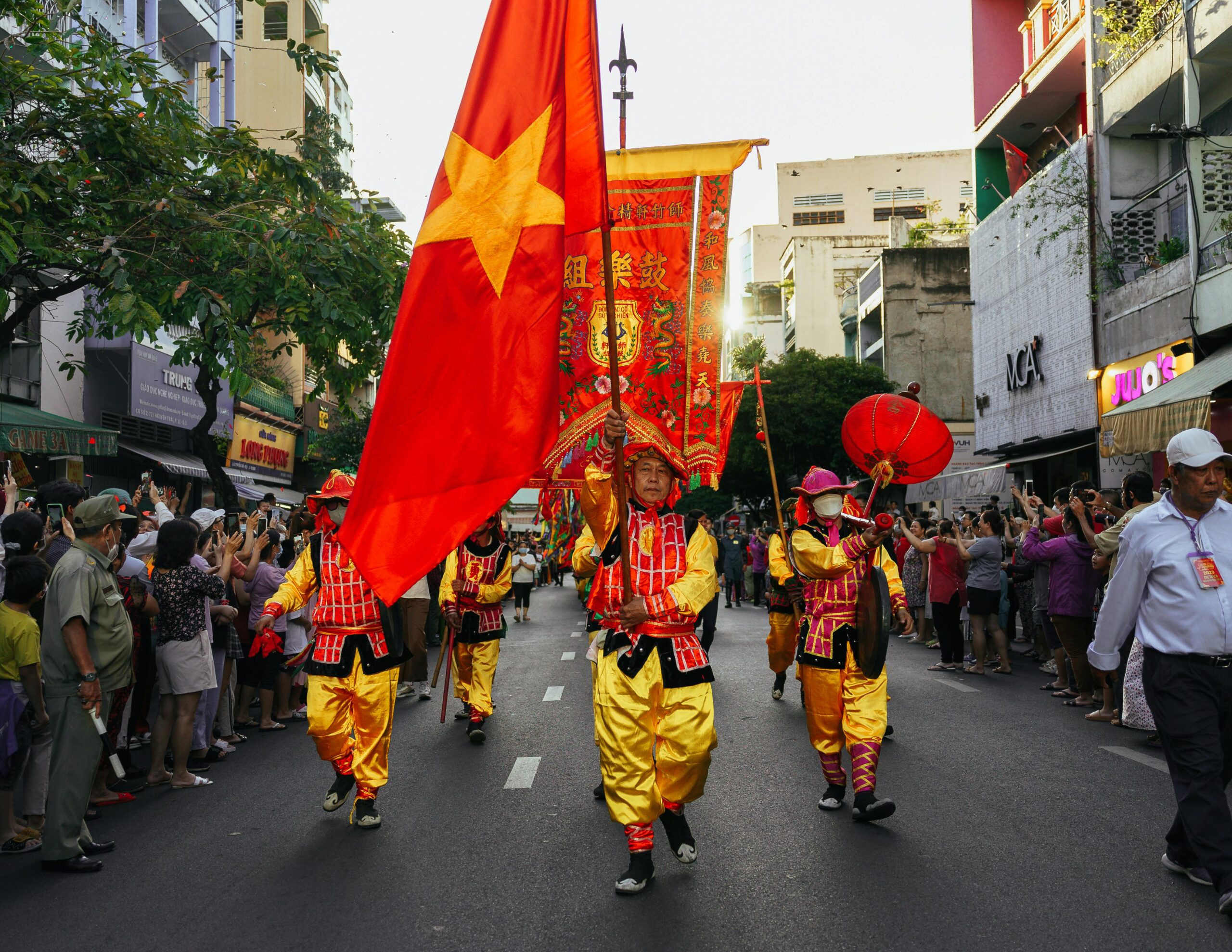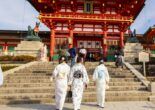Summer has now begun and no doubt, despite the sweltering heat and the abundance of tourists from around the world, you would still like to enjoy this season and make the most of your time before fall starts. What fun activities does Japan have in store for you this season? Whether you are an event-goer or a beach lover type, this article is just for you!

Japan is clearly, the go-to country and dream destination for a lot of people around the world. Aside from the wondrous nature and trekking locations as well as the amazing scenery wherever you go, most people are drawn to the traditional aspects and unique culture that Japan is known for. Japan has tons of events scheduled all year round but most of the traditional ones are held in the summertime as fall and winter have more Western-style occasions such as Halloween or Christmas shows. Learn more about what the events are about and make sure to add them to your calendar if you are interested in participating.

1. Attend Summer Festivals (Matsuri)
- Gion Matsuri (Kyoto): One of Japan’s most famous festivals, running throughout July. The highlight is the Yamaboko Junko parade on July 17th and 24th.
History: The Gion Matsuri dates back to the year 869 AD, a time when Kyoto was tormented by a severe plague. In response, the emperor called upon the population to pray to the deity Gozu Tennō for deliverance from this affliction. As part of these supplications, 66 halberds were ceremoniously erected at the Yasaka Shrine, symbolizing each of Japan’s provinces.
Over the centuries, the festival gradually assimilated various aspects of Kyoto’s rich cultural heritage. Notably, the inclusion of yamaboko floats emerged as a distinctive feature, distinguished by their ornate decorations and meticulous craftsmanship. These floats have since become emblematic of the Gion Matsuri, underscoring its evolution into a celebration that honors both tradition and community spirit.

- Sumida River Fireworks Festival (Tokyo): One of Japan’s largest fireworks displays, usually held on the last Saturday of July.
History: Back in 1733 during the Edo period, Tokyo faced dark times. The Sumida River Fireworks Festival, or Sumidagawa Hanabi Taikai, began as a heartfelt tribute to those lost during a devastating famine and cholera outbreak. People gathered to honor their departed loved ones and dispel lingering sorrow.
Over time, what started as a solemn ceremony evolved into a spirited competition among pyrotechnic guilds. They competed to create the most dazzling displays and draw larger crowds year after year. In 1978, the festival experienced a revival- returning to its roots with elaborate fireworks that light up the sky and captivate audiences to this day.

2. Explore Nature and Outdoor Activities
- Climb Mount Fuji: Japan’s most famous volcanic mountain and is usually considered a symbol of the country.
Official Climbing Season: Mount Fuji’s climbing season begins in early July and continues until early September.
Details: Mount Fuji has several trails to the summit with each having its own challenges and unique scenery. Some of the most popular trails include the Yoshida, Subashiri, Fujinomiya, and Gotemba trails. Climbers often have the goal to reach the summit before sunrise in order to witness the stunning “Goraiko” view in which the rising sun paints the sky in vibrant colors over the stunning landscape. Along these trails, there are mountain huts where climbers can rest, refuel, and take shelter which are no doubt, essential for those on multi-day climbs.
Nearby Attractions and Tips
- Fujisan Hongu Sengen Taisha Shrine: Situated at the base of Mount Fuji, this ancient shrine is historically significant and is considered a starting point for many climbers and is mostly flooded with tourists who are unable to do the climb itself.
- Fuji Five Lakes: Explore the scenic Fuji Five Lakes region north of Mount Fuji, offering picturesque views of the mountain reflected in the lakes.
- Safety and Preparation: Climbing Mount Fuji requires good physical fitness and proper gear due to the high altitude and variable weather conditions.
It is indeed an accomplishment to be able to climb one of the most well-known mountains in Japan as well as in the world while also having those memories and photos capturing the breathtaking view of Japan’s natural beauty.

3. Go to Firefly Festivals (Hotaru)
- Firefly Festivals: Held in various locations such as the Fussa Firefly Festival in Tokyo or the Genji Firefly Village in Nara, where you can witness the magical sight of fireflies illuminating the night.
Fussa Firefly Festival (Tokyo)
Dates: Typically mid-June to early July.
Location: Fussa, Tokyo.
Genji Firefly Village (Nara)
Dates: Usually late May to early June.
Location: Hotaru no Sato Park, Nara Prefecture.
Details: Firefly viewing which is known as Hotaru in Japanese is a magical experience that is celebrated all over Japan. The two most well-known Firefly Festivals are the Fussa Firefly Festival in Tokyo and another one in Nara called the Genji Firefly Village which showcases the enchanting sight of fireflies lighting up the warm summer nights with their exquisite glow.
During these festivals, the fireflies create a mesmerizing view illuminating their surroundings with their soft, flickering lights. The atmosphere is peaceful and enchanting and perfect for families and nature enthusiasts alike to appreciate this wondrous natural phenomenon.
These types of events usually occur at the beginning of summer when fireflies are in their most active state. It adds a wondrous magical feeling to the warm evenings in Japan and allows the opportunity to connect with nature by experiencing the beauty of these tiny insects in their natural habitat.

4. Beach Trips in Japan
Popular Beaches in Okinawa
Dates: July and August are typically the warmest months, making them ideal for swimming.
- Emerald Beach: Known for its clear blue waters and marine life. Great for snorkeling and swimming.
- Sunset Beach: Offers stunning sunset views and a relaxing atmosphere.
Both of these beaches are ideal for water sports enthusiasts who love exploring coral reefs, and marine life through snorkeling and scuba diving. Whether you prefer to lounge on the shore under your umbrella or enjoy local cuisine served in several cafes found nearby, Emerald and Sunset Beach promise a delightful coastal getaway.
Popular Beaches in Shonan (Near Tokyo)
- Kamakura Beach: Known for its scenic beauty and surfing spots. It’s a popular destination for Tokyoites seeking a beach getaway.
- Enoshima Island: Offers a mix of beaches, temples, and stunning views of Mount Fuji on clear days.
Kamakura Beach and its neighboring Enoshima Island offer a blend of adventure and recreation. Kamakura Beach is known for its breathtaking scenery and wide sandy shores at Yuigahama Beach which is an ideal getaway for water activities like swimming, coastal walks, and more. Enoshima Island has its share of charm with not only beaches but temples, and touristy places like Enoshima’s Candle. These destinations provide a perfect escape from Tokyo, offering activities ranging from water sports to leisurely beachfront strolls and cultural sightseeing.
Summer in Japan offers a dynamic combination of cultural activities festivals and outdoor activities despite the scorching heat and high humidity. Enjoy your summertime attending these iconic events and indulging yourself in fantastic views from the top of Mt. Fuji to the depth of Okinawa’s marine habitat.



